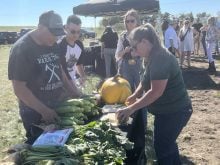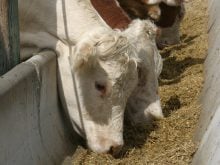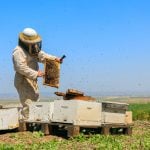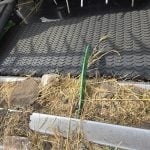The Canadian Grain Commission is poised to make a decision this week on an issue that has driven a wedge through the special crops industry.
Producers want two grades of feed peas – one with three percent foreign material and one with six percent. Pulse crop traders want the grading system to stay the way it is with one grade that allows up to six percent foreign material content.
“It’s an issue that is polarizing growers and trade,” said Garth Patterson, executive director of Saskatchewan Pulse Growers Association.
Read Also
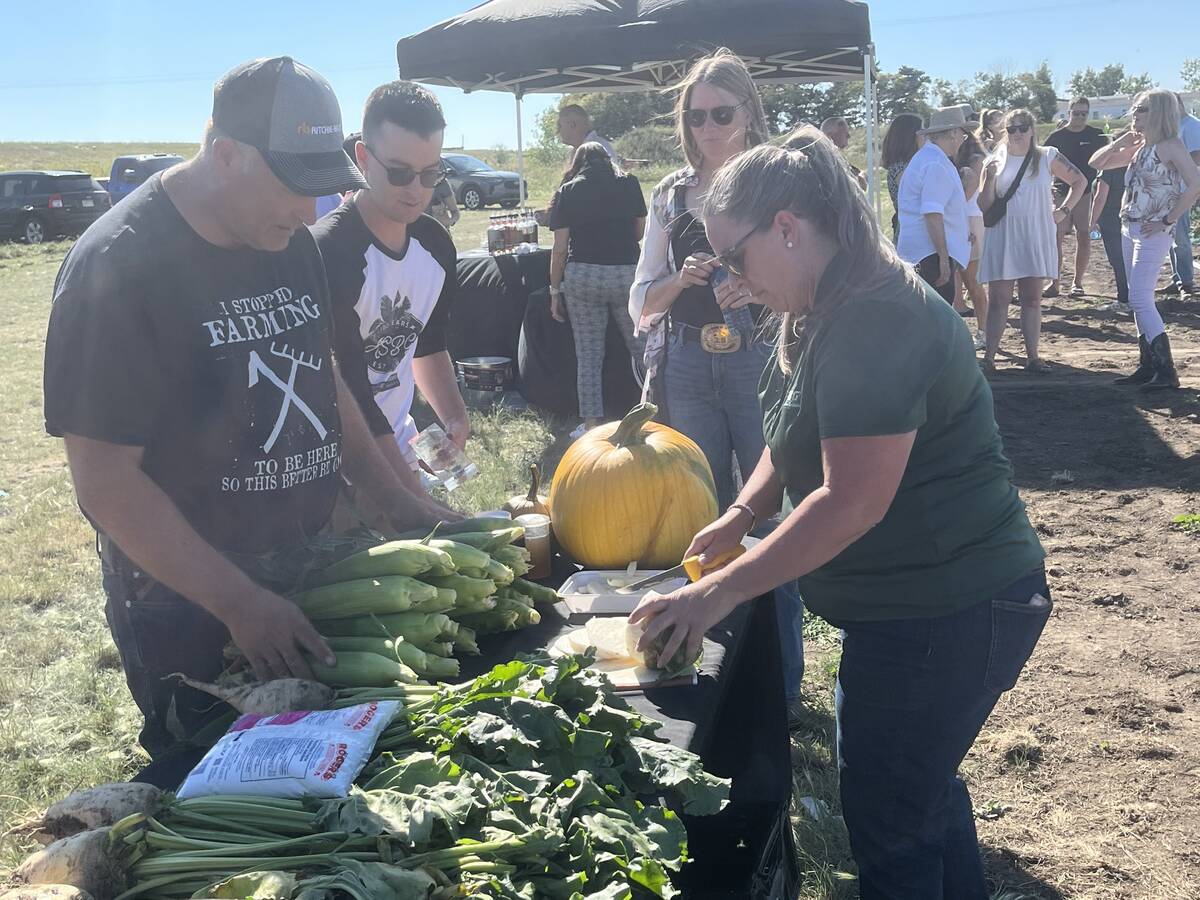
Alberta farm lives up to corn capital reputation
Farm to Table Tour highlighting to consumers where their food comes from features Molnar Farms which grows a large variety of market fruits and vegetables including corn, with Taber being known as the Corn Capital of Canada.
The issue could be put to bed this week when the Canadian Grain Commission’s western standards committee meets in Winnipeg. Its agenda includes the possibility of creating a second grade for feed peas.
Foreign material is the screenings from peas and other crops often added to shipments of feed peas at the ports. It’s a way for export terminals to make money on screenings.
Janette McDonald, general manager of Alberta Pulse Growers, has been leading the campaign for the dual grades. She said it’s important to establish a grade with lower levels of foreign material so Canada can tell the world it can produce and deliver high quality feed peas.
“We’ve learned that there are opportunities in Asia and South America, huge opportunities for our feed ingredient.”
She said adding a new grade will help the industry take advantage of those opportunities to expand the market for feed peas.
“We feel if we have a good, high quality, clean product to go in there, we’ll open doors faster.”
A change in the grading system won’t open those doors overnight, said McDonald. There are many obstacles in those new markets such as high tariffs. But a higher quality feed pea will be easier to sell, she said.
Francois Catellier doesn’t see the link between grades and marketing opportunities. The trade already sells feed peas with foreign material content as low as one percent. Exporters sell whatever buyers will pay for.
“We feel that you don’t need a grade to market peas,” said the executive director of the Canadian Special Crops Association.
Catellier said compound feed manufacturers have learned to accept a product with a high foreign material content because those screenings have nutritional value.
“If it was garbage that they’re not using, why would we be marketing a million tonnes of peas a year to the export market?”
He said there is a false perception that foreign material content downgrades the quality of the feed peas. Catellier said some of the screenings in that content are split and cracked peas.
Establishing a new grade with three percent foreign material content won’t improve the image of Canadian feed peas, said Catellier. In fact, it could have the opposite effect.
“If you’re describing the quality based on a grade of three, you’re actually discounting what’s happening in reality,” he said, referring to the fact that many feed peas are sold with screening levels below three percent.
Before the feed pea issue is tabled in front of the western standards committee, it has to pass through a special crops subcommittee. That seems to be a done deal.
Catellier said the subcommittee is stacked in favour of the producer groups.
“It’s a bit of a kangaroo court,” he said. “We don’t feel that this is a democratic process.”



